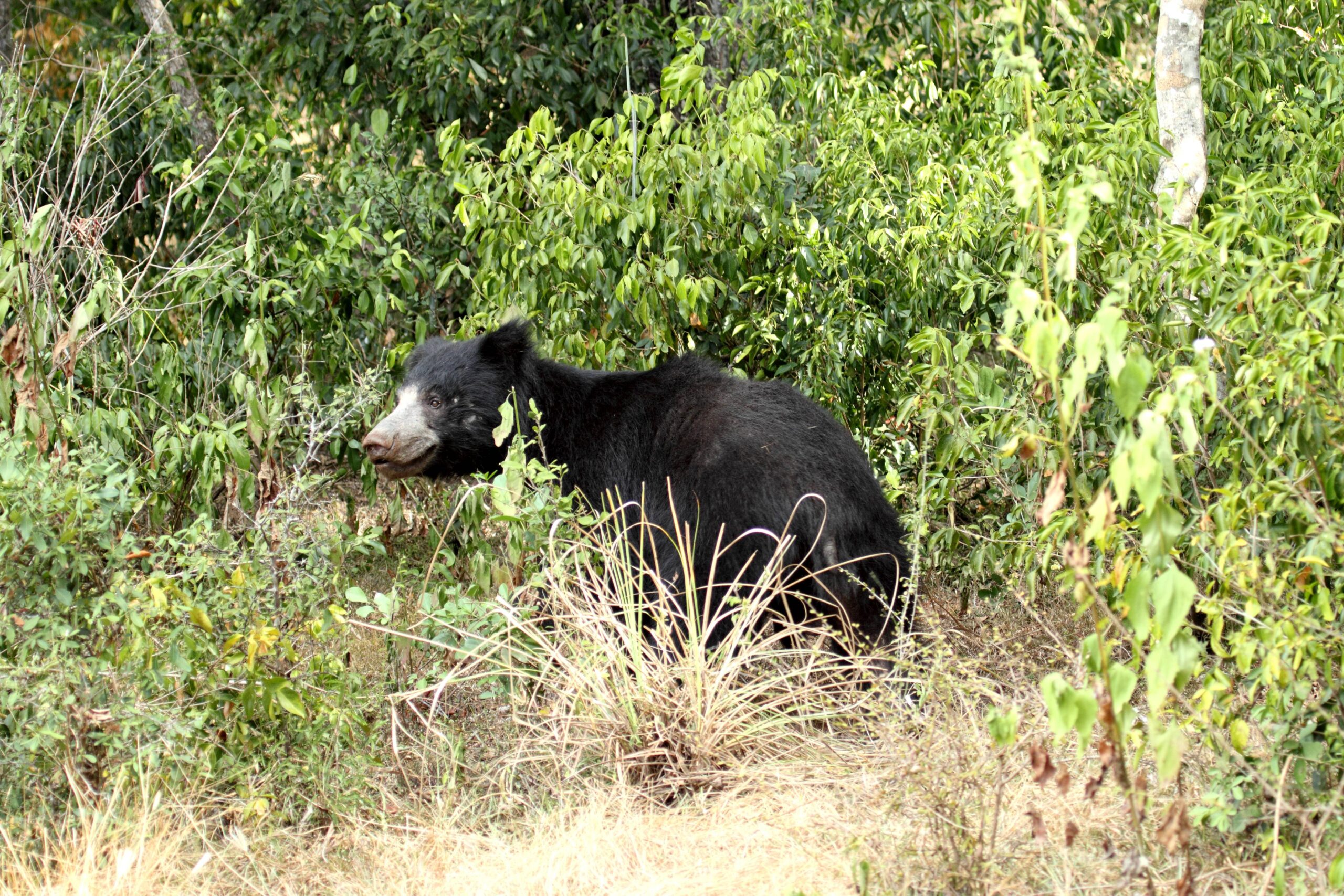
THE SLOTH BEARS OF WILPATTU: RECENT FINDINGS FROM THE FIELD
The Sri Lanka Business and Biodiversity (SL B&B) Platform of the Ceylon Chamber of Commerce (CCC), with financial support of its Patron Member – CIC Holdings PLC – and Biodiversity Education And Research (BEAR), presented findings generated from an year-long public-private partnership project launched in June 2013 to research the Sri Lankan Sloth Bear inhabiting the Wilpattu National Park. The presentation was attended by a large gathering of government officials, private sector representatives, academia, students and interested public.
The project was implemented under the supervision of the Department of Wildlife Conservation (DWC), and the direct guidance and technical expertise of Prof. Devaka Weerakoon from the Department of Zoology, Faculty of Science, University of Colombo. The presentation was delivered by Mr. Ranil Nanayakkara, Principal Researcher and Co-Founder of BEAR. An informative documentary clip produced by Mr. Nilantha Vishwanath, Co-founder of BEAR was also presented.
The project which explored the entire National Park and then specifically zoomed in on the Maradanmaduwa area of approximately 10sq.km revealed that it was being inhabited by around 26 individual bears, identified as separate individuals by the animals’ tracks and camera-trap footage obtained. Out of this number, 11 individuals were clearly identified as males, 6 as females, and the gender-unidentified group included 5 cubs. The study also revealed some interesting facts with regard to the sloth bear’s preferred habitats and diet, challenging previous beliefs about this endangered species.
The research revealed that in Wilpattu, bears mostly frequent the dense primeval forest areas as opposed to rock outcrops and dens within rock formations. It was also found that the diet of these animals constituted ‘Weera’, ‘Dung’ and then ‘Palu’, contrary to the popular belief that ‘Palu’ was their favourite food. Their scat also revealed undigested parts of termites and ants justifying their omnivorous status. In an analysis of gender-based behavior, Mr. Nanayakkara went onto say that “the females were shyer in comparison to the males who were bold, and during the breeding season, this characteristic was brought out even more. The males also displayed a more orderly communication of territoriality marking their ranges with fixed placements of their scat, while the females tended to release scat while travelling, without a sense of intelligent placement as such”.
The SL B&B Platform and BEAR intend to continue with Phase II of this project which anticipates the collaring of two male and two female bears in close cooperation with the DWC, to study in more detail, the behavior patterns and specific habitat ranges of these animals.



